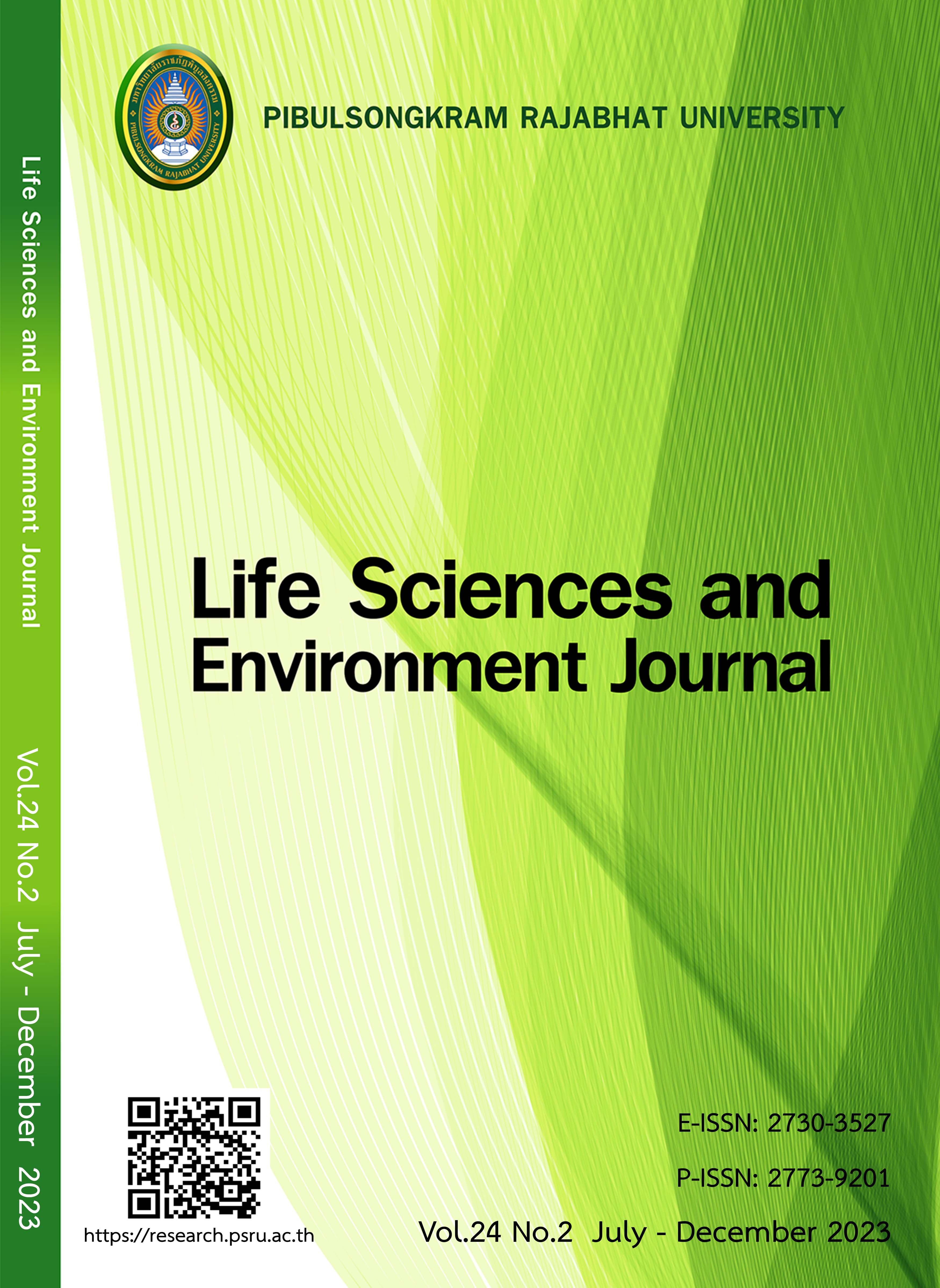DESIGN OF RAISED BED USING DSIGN THINKING PROCESS: A CASE STUDY SIGN THE COMMUNITY ENTERPRISE OF RAISED BED GARDENING, BAN HAN SUBDISTRICT, BANG KLAM DISTRICT, SONGKHLA PROVINE
DOI:
https://doi.org/10.14456/lsej.2023.37Keywords:
Raised bed, Community enterprise, Design thinking, Ban Han, Bang KlamAbstract
The objectives of this study were (1) to investigate the physical environment, way of life, and social characteristics which are the identity of Ban Han Subdistrict; (2) to study, explore, and collect information on raised bed products and the identity of Ban Han Community Enterprise; and (3) to design the raised bed products representing the identity of the Ban Han Community Enterprise. In this study, the data were collected through interviews with 15 raised bed producers, which were selected using purposive sampling method. The structured interview was used in the data collection. The results showed that (1) the unique identity of Ban Han Subdistrict is the nature of environmental ecological capital as this subdistrict is located on a flat area along the river where U-Tapao Canal and Ban Han Canal flow through and it is an agricultural society in which most of the people in the community are engaged in rice farming, rubber plantations, orchards, vegetable gardens and animal husbandry; (2) the product demand analysis using design thinking principles to create added value for products enabled the expansion of distribution channels and generated income for the community; (3) in this study, detachable raised beds were successfully designed and produced for ease of storage and transportation which would increase and expand distribution channels; and (4) the brand logo was designed to represent the identity of the community, in which the word “Ban Han”, the name of the community was used in the logo design.
References
Bourdieu P. The forms of capital, 1986. Available at: https://www.socialcapitalgateway.org/sites/ socialcapitalgateway.org/files/data/paper/2016/10/18/rbasicsbourdieu1986-theformsofcapital.pdf. Accessed March 21, 2023.
Khwunsakun C. Research and development of growing bench for quality vegetables production. Agriculture and Technology Journal 2022;3(1):60-74.
Kaewkamon K, Thaothong N, Rosruen S, Phetchen A, Ratanasupha A and Putiariyawat C. Using cultural capital for sustainable community development. Journal of Humanities and Social Sciences 2021;11(4):75-91.
Plattner H. Bootcamp bootleg. Institute of Design at Stanford, 2010. Available at: https://dschool. stanford.edu/resources/design-thinkingbootleg. Accessed January 10, 2021.
Sathongkam T, Taiwan A, Tungsuwan A. Product development models of community enterprises that meet the needs of customers in the future.Research Journal of Humanities and Social Science 2022;8(1):239-250.
Throsby D. Economics and Culture. Cambridge University Press, London, 2001. Available at: https://www.scirp.org/(S(czeh2tfqyw2orz553k1w0r45))/reference/referencespapers.aspx?referenceid=2343987. Accessed March 21, 2023.
Wanwichit Y.Application of design thinking in public policy processes. Journal of MCU Social Science Review 2021;11(4):10-20.
Downloads
Published
How to Cite
Issue
Section
License
Copyright (c) 2023 Life Sciences and Environment Journal

This work is licensed under a Creative Commons Attribution-NonCommercial-NoDerivatives 4.0 International License.
Each article is copyrighted © by its author(s) and is published under license from the author(s).










